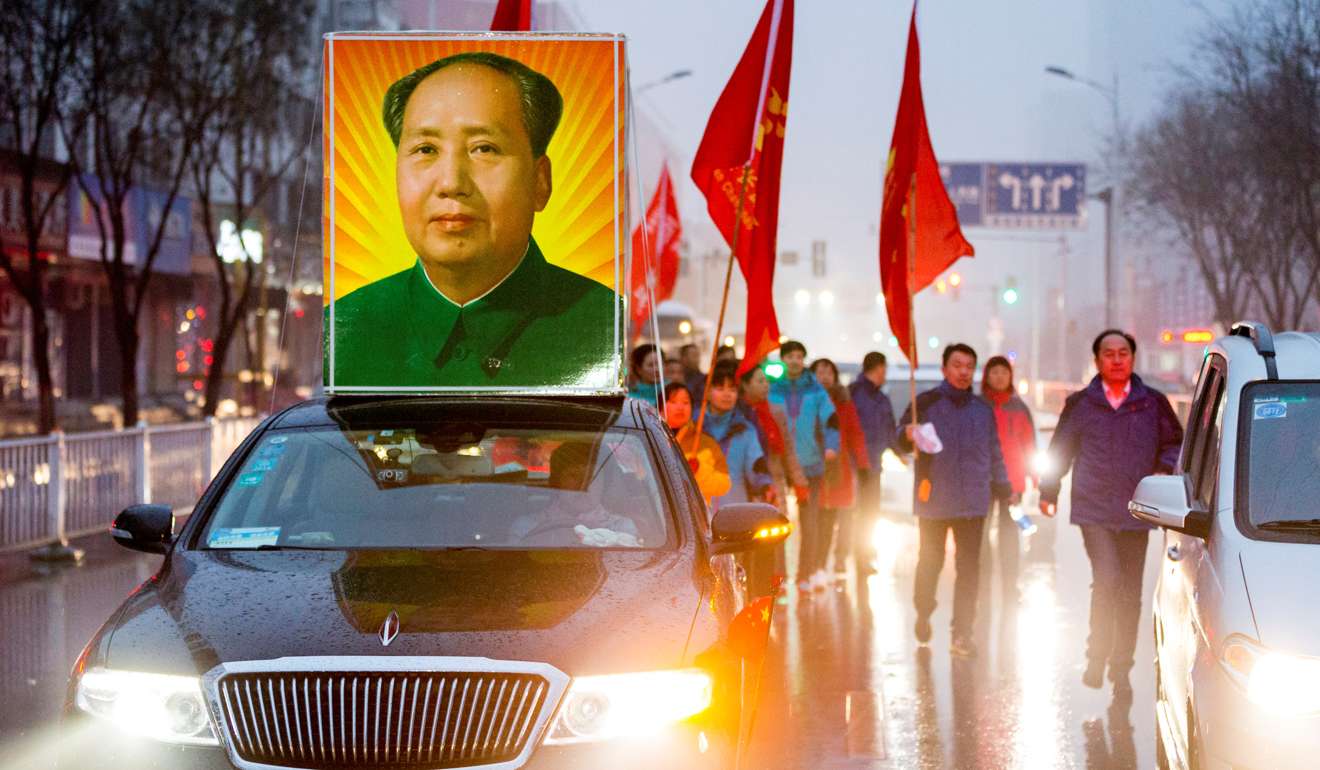China’s ‘silver’ economy offers promising outlook for services sector
China risks getting old before getting rich, but tomorrow’s “silver generation” may have higher consumer spending on services

China will be one of the fastest-ageing societies in the coming decades, which will lead to rising labour costs and erosion of profit margins in the country’s vast manufacturing sector.
But the ageing phenomenon also has an upside, as tomorrow’s “silver generation” in China will generate stronger consumption and new investment opportunities for the services sector, according to analysts from Standard Chartered.
“China’s population is getting old before it gets rich,” a group of analysts led by Enam Ahmed said in a recent research report from the British bank, adding that China may not become “rich” until 2026 when its income per capita exceeds US$30,000.
The key reasons are demographic headwinds, as the decline in the working-age population will drag on China’s economic growth.
China already has 144 million seniors aged 65 or older as of the end of 2015, making up 10.5 per cent of the total population, according to government statistics released in July.
According to the UN, an ageing society can be defined as one where seniors make up 7 to 14 per cent of the population, while a hyper-aged society has seniors account for more than 21 per cent.
Meanwhile, China is one track to become a hyper-aged society by 2035, StanChart analysts forecast. This would be five years after Canada, the UK, and the US become hyper-aged.
“By 2030, based on current demographic trends, the shrinking of the labour force will reduce [China’s] GDP growth by 0.25 percentage point,” the analysts said.
China’s abundant supply of “unskilled labour, low wages, a relatively high-quality labour force, and a low dependency ratio” all contributed to sustained double-digit growth before 2008.
However, the labour force has shrunk and wages have increased sharply, which are eroding profit margins in China’s manufacturing sector.
Many companies have shut down or pulled out of China due to rising labour costs.
Nike has reduced its sports shoes made in China from 40 per cent in 2000 to 30 per cent in 2013.
Adidas has shut all of its factories in China. Microsoft also shut down its Nokia production lines in Dongguan, a manufacturing hub in Guangdong province, in 2015 and moved production to Vietnam.
Nonetheless, the ageing phenomenon also has potential benefits, as consumption by seniors is expected to rise sharply in the coming decades.
“On the positive side, we find that ageing is unlikely to dampen Asia’s high household savings significantly in the coming decades. The market for seniors’ consumption will also increase rapidly,” the analysts said.
They estimated total consumption by the 65-plus age group in China will increase seven-fold to US$ 2.8 trillion by 2030 from US$400 billion now.
What’s also interesting is that today’s “silver economy” in China is different from tomorrow’s, as generations have different values, attitudes, and consumption patterns.
Currently, those aged 70 and older in China are “predominantly poor” as they were affected by several wars, such as the Second Sino-Japanese War, World War Two and the Chinese Civil War, and were part of Mao’s big push to industrialise China.

The next generation between the ages of 55 to 69, known as the “Lost Generation”, have experienced both Mao’s Cultural Revolution from 1967 to 1977 and the “reform and opening-up” of Chinese economy starting in 1978.
This generation is starting to “embrace consumerism” and many of China’s elite who built modern China are in this group, the analysts said.
Tomorrow’s “silver economy” is the generation from 35 to 54 years old.
“This group is open to Western brands, strongly invest in their only child and are more educated than their predecessors,” they said.
Further down the age structure in the 25 to 34 age group, people are more tech savvy, focus more on leisure activity and many have been educated overseas.
The rising better-educated population provides new investment opportunities.
Until now, government investment has focused disproportionately on infrastructure, such as transportation and telecommunications.
“In the next stage, investment in urban amenities and high-end services and facilities such as hospitals, stadiums, sports fields, theatres, parks and shopping centres is required to meet demand from the surging middle class, contributing to long-term growth,” the analysts said.